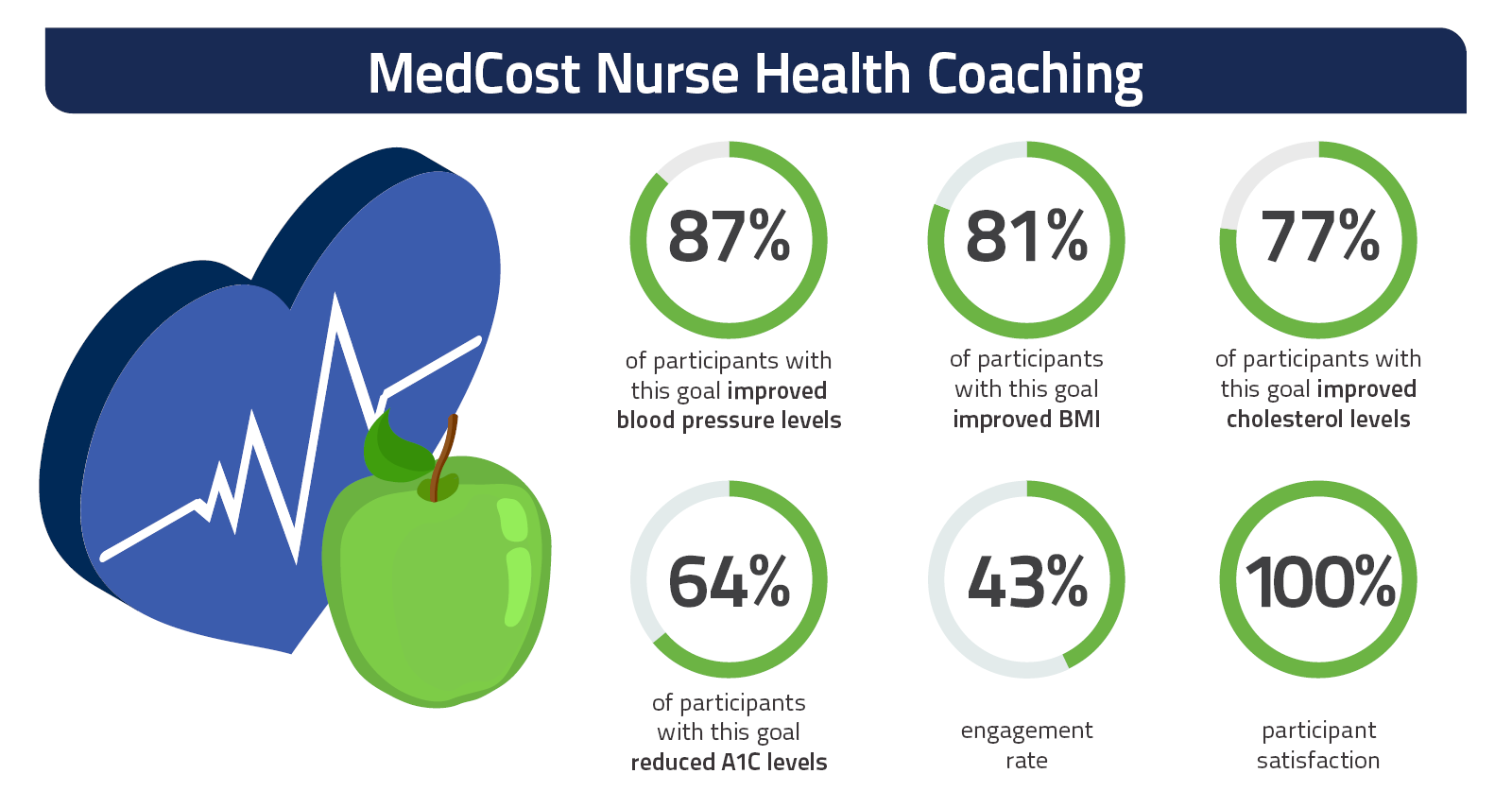Take this simple quiz to test your awareness of how chronic diseases may be increasing your health care budget.
1. What percentage of US adults have a chronic disease?
a. 25%
b. 50%
c. 69%
d. Everyone I know
2. A chronic disease is defined by the National Institutes of Health as:
a. Occurring again and again over a period of time
b. Requiring medical treatment in an Emergency Room
c. Potentially contagious to other people
d. Cured by vaccination
3. An example of a chronic disease might be:
a. A cold
b. Flu
c. A broken leg
d. Alzheimer’s
4. Key lifestyle risks for chronic disease include:
a. Smoking
b. Poor nutrition
c. Excessive alcohol use
d. All of the above
5. Chronic diseases are leading drivers of annual US health care costs of:
a. $3.7 billion
b. $4.6 billion
c. $2.7 trillion
d. Annual health care expenditures of five European countries
Answers: 1B; 2A; 3D; 4D; 5C.
Case Study: Better Chronic Disease Management
Our role as a benefits administrator for self-insured employers has always emphasized preventing and managing medical risks to keep employees healthier. Every year our staff of RNs, certified case managers and other highly-trained professionals track results from our Care Management programs.
We are seeing significant progress in preventing medical conditions from worsening, as well as helping employees who are at risk to stay healthy. MedCost's voluntary Personal Care Management program, offered to members to better manage chronic conditions, is helping to keep employees healthier while also resulting in lower costs for both employees and employers.

Targeting Specific Conditions for Better Outcomes
Chronic conditions such as high blood pressure, high cholesterol, diabetes, asthma and chronic obstructive pulmonary disease (COPD) drive up benefits’ cost.
Lifestyle habits can greatly worsen risks to a person’s health, including:
-
Cigarette smoking
-
Poor nutrition
-
Lack of physical exercise
-
Excessive alcohol use
Jackie Allen, MedCost Vice President of Care Management, is targeting blood pressure, cholesterol, heart failure, asthma, diabetes and other chronic conditions for MedCost members.
We are working with our on-staff pharmacist to find lower-cost alternatives on prescription drugs. We have seen health plan and member savings of up to 25% per case converting from brand to generic on 90-day supplies." –Jackie Allen, MBA, BSN, RN
MedCost pharmacist Zafeira S. Paradis lists 12 generic drugs approved by the FDA that can be substituted for brand names in this blog post.
Other Strategies
Another key strategy Jackie Allen’s Care Management team has implemented is to help members choose the appropriate level of medical care for chronic conditions.
“Emergency Room costs can be avoided for many conditions such as migraines or urinary tract infections,” she said. “After providing targeted education on lower-cost options such as telehealth or urgent care resources to our at-risk members, we are seeing a 27% reduction in avoidable ER use.”
MedCost nurses are answering questions and educating members to provide better self-care through actionable goals. This campaign is already saving thousands of dollars for both employers and employees.
Targeted education on lower-cost options resulted in a 27% reduction in avoidable ER use.
Better Management Increases Medical and Financial Health
Employers know that healthier employees can result in increased job productivity, as well as better financial outcomes. A greater focus on health and well-being is now part of many employer health plans.
Employers can use plan design, coverage decisions, employee communications and more to most effectively benefit their employees.
And when chronic diseases occur, employers can use these strategies to support the best possible outcomes for both employee health and benefits’ management.




Add new comment